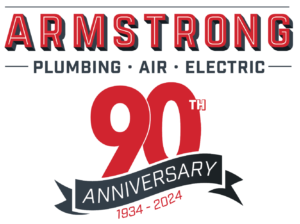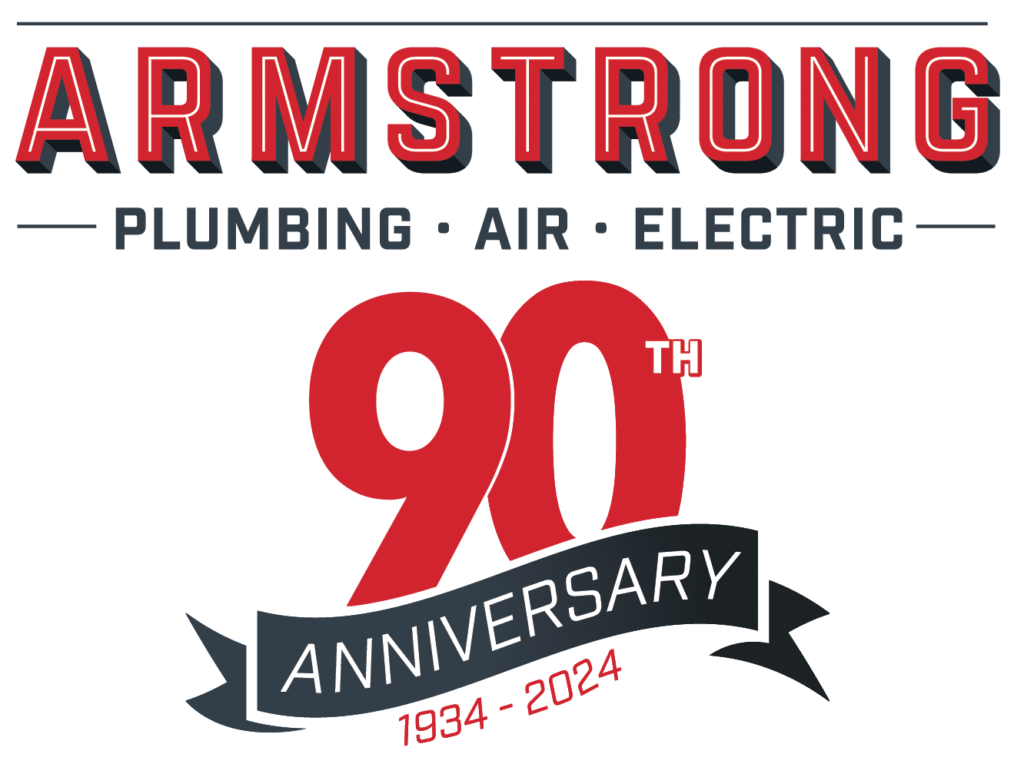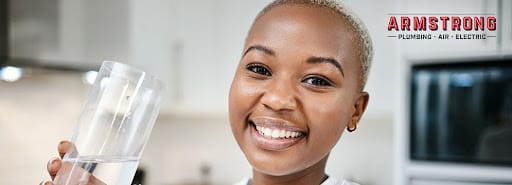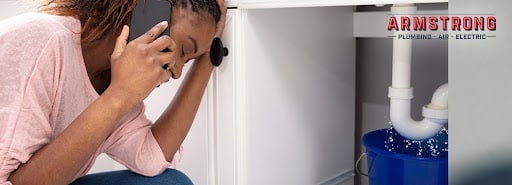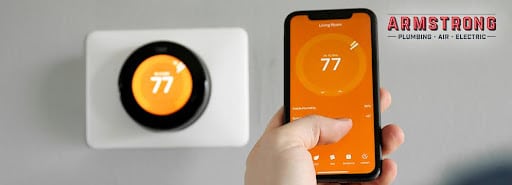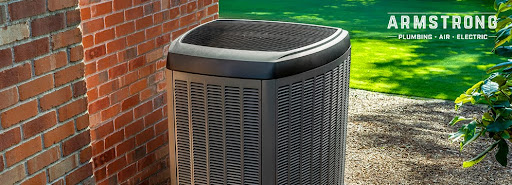
Carbon monoxide (CO) is a tasteless, odorless and colorless gas that is produced in minimal amounts naturally in the environment when animal products deteriorate. However, carbon monoxide is also a by-product of fuel burning devices such as furnaces, boilers and water heaters. If these devices are operated improperly or in areas without proper ventilation, harmful and potentially fatal levels of CO can be produced.
Symptoms of low and moderate levels of CO poisoning include nausea, dizziness, headaches, shortness of breath and fatigue. Because these symptoms resemble those of minor illnesses like the common cold or flu, they are sometimes ignored. High-level exposure to carbon monoxide can cause death in just a few minutes. Unfortunately, each year there are more than 400 deaths nationwide caused by accidental, non-fire carbon monoxide poisoning.
A store bought CO detector can certainly provide some protection, but they are sometimes incapable of detecting low-level emissions. Here are some common types of CO detectors that are used:
- Digital Read-out. This is most recommended for home use because it features a display panel that lets you see the current, and previous, carbon monoxide levels in parts per million.
- Hard-wired. Connected directly to your building’s power supply, this detector comes with a battery backup and should be professionally installed.
- AC Plug-in. As the name suggests, these detectors plug directly into the electricity outlets in your home. They are convenient because there is no battery replacement required.
- Combined Smoke and Carbon Monoxide Detectors. While these detectors include both smoke and carbon monoxide sensors, they are not highly recommended because of a variance in the best positioning of each type of detector. For example, smoke alarms are usually placed on the ceiling, while the best position for a CO detector is on the wall.
Installing carbon monoxide detectors in your home or business is always a good idea, but an even better idea is to have a thorough carbon monoxide assessment. Performed by trained, professional technicians with the proper equipment and certifications, this test will show if there are any harmful levels of carbon monoxide present, where it is coming from and how to fix it. Call your friends at Armstrong today to schedule a tune-up and check for potentially dangerous carbon monoxide poisoning.
